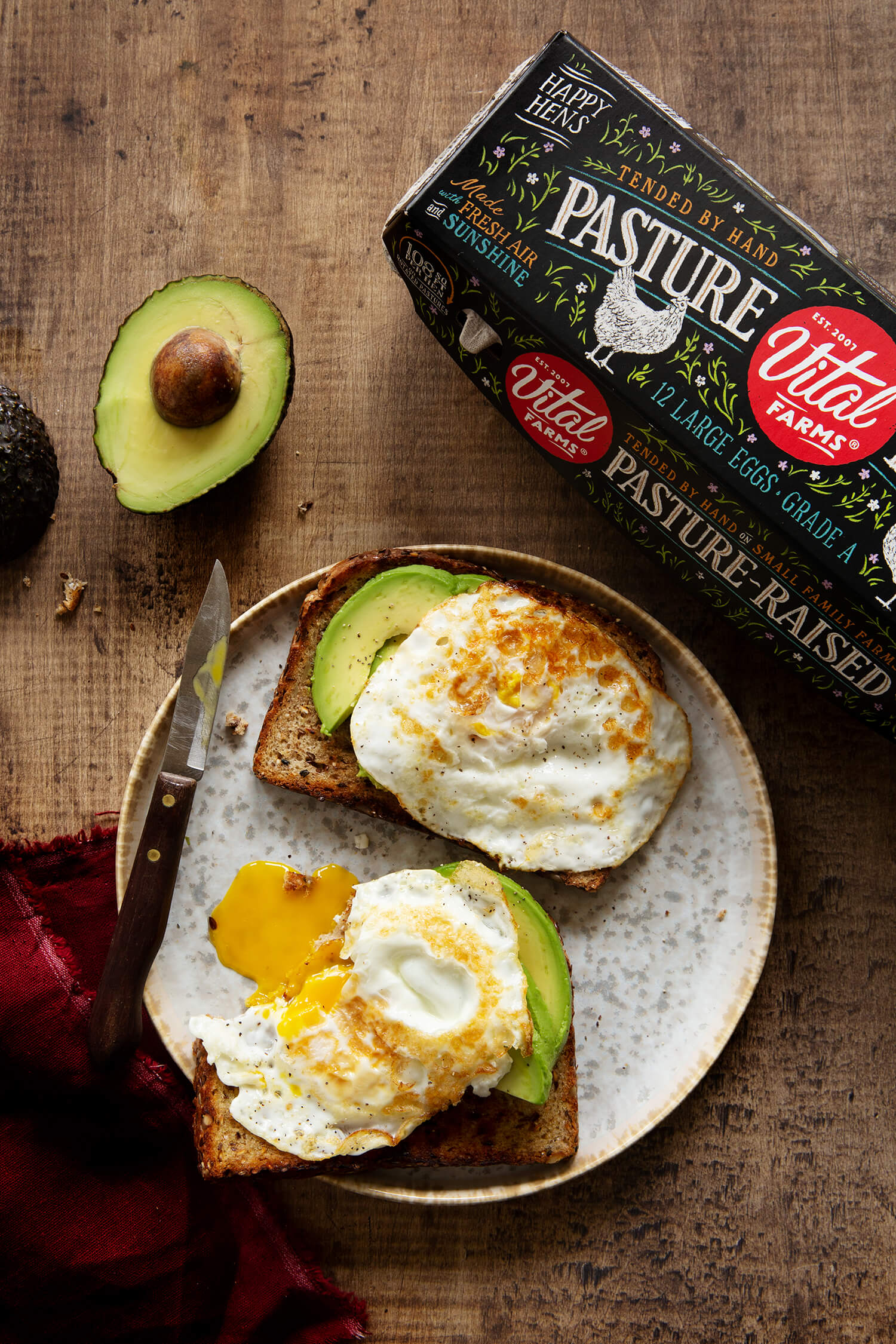Crimson, crown-topped pomegranates look so festive they can’t help but make you feel cheerful, but their thick skin and reputation for staining everything in their path has given them an intimidating reputation in the kitchen. No longer! Here’s a no-fuss guide to give you the confidence you need to get cracking, plus some ideas on how to put your newfound bounty to work in tasty dishes.
What’s so great about pomegranates, anyhow?
In addition to being down-right delicious, richly pigmented pomegranate seeds are a great way to sneak extra nutrients into your diet – they’re packed with dietary fiber, and their ruby-red hue is a telltale sign of the healthful phytonutrients and antioxidants that lie within. They’re also the perfect garnish, adding a pop of color and flavor that works well in a wide variety of dishes.
Okay, but how do I open one?
Here are our two favorite ways to extract the seeds from the pomegranate in a speedy and tidy manner so you can cut to the sweet part without tie-dying your kitchen in the process.
-
Fast and satisfying: Score the pomegranate around its middle by cutting a few millimeters into the peel, and separate it in half by gently pulling it apart. If you don’t mind cutting a few of the seeds (inevitably creating some juice in the process) you can make this even faster by simply slicing the pom in half. Next, whack the back of each half with a wooden spoon over a bowl until seeds are dislodged. For a visual, watch this video.
-
Thorough and mess-free: Quarter your pomegranate and submerge the wedges into a bowl of cold water, separating the pomegranate seeds gently with your fingers from the skin and the white pith. The delicious seeds will sink to the bottom while everything you don’t want to eat will float. To see this method in action, check out this video.
How should I incorporate pomegranates into my cooking?
Raw pomegranates can add a unique flavor and textural complement to a wide array of dishes. Try tossing them into a salad (leafy green, grain, or fruit salad all work!), or stirring them into a medley of roasted squash, cauliflower, or other fall vegetables. They’re also a delightful topping for breakfast favorites like yogurt and oatmeal.
Pomegranate syrup and/or molasses are other popular vehicles for incorporating pomegranates into your cooking, and simple to make yourself at home. Both can make great additions to dressings, sauces, glazes, and cocktails.
What ingredients go well with pomegranates?
Pomegranates have long been a staple of Mediterranean cooking, so other flavors and ingredients from the region are a good place to start. Lamb, olives, tomato, citrus, feta, and mint, for example, all work well with pomegranates. But don’t stop there! Anytime a crunchy garnish is called for, a pomegranate is likely up to the task. Bonus – they get major beauty points, and can make even the humblest dish look fit for a queen.
Here are a couple recipe ideas to get you started:
Double up on pomegranate (molasses, and seeds!) with this Pomegranate Molasses Chicken with Bulgur Salad or keep it simple with this Cumin Seed Roasted Cauliflower. Happy cooking!









